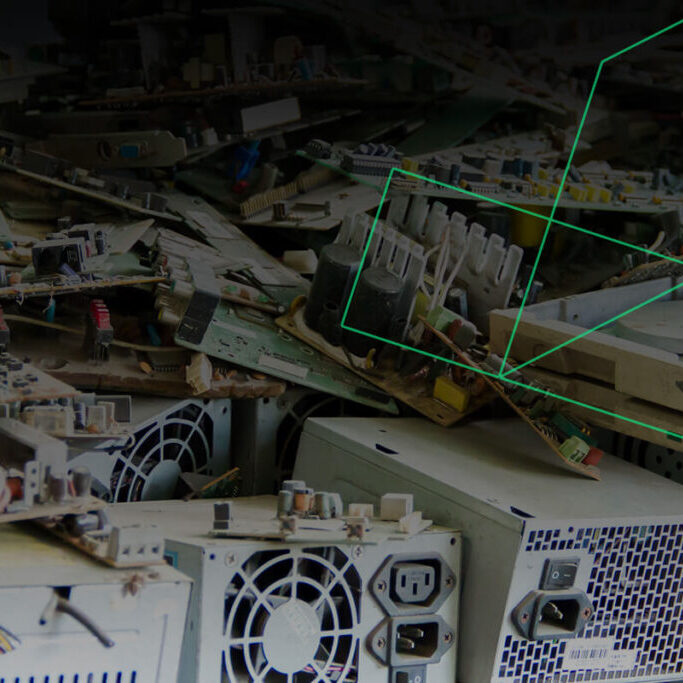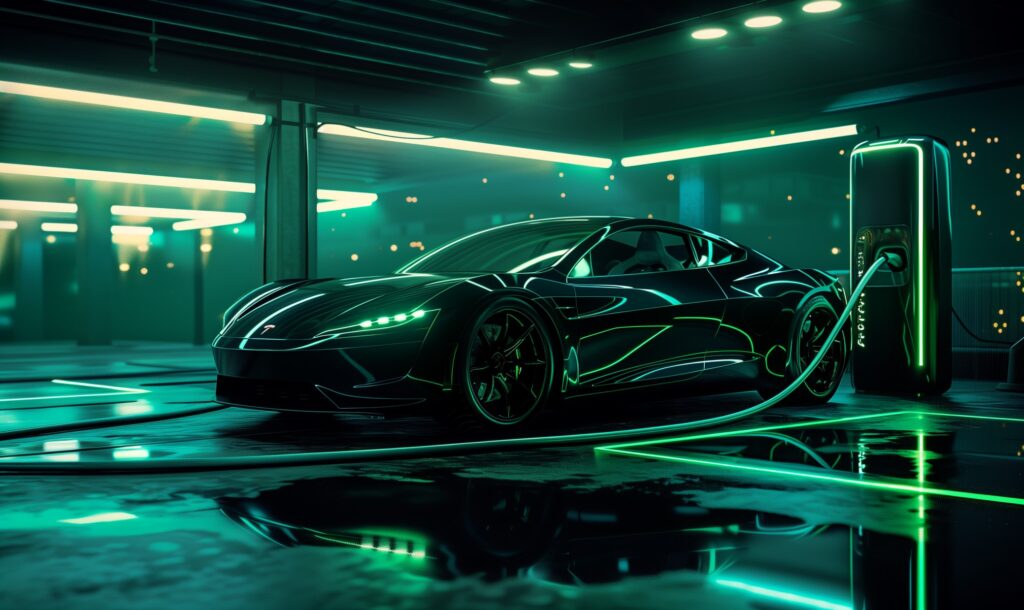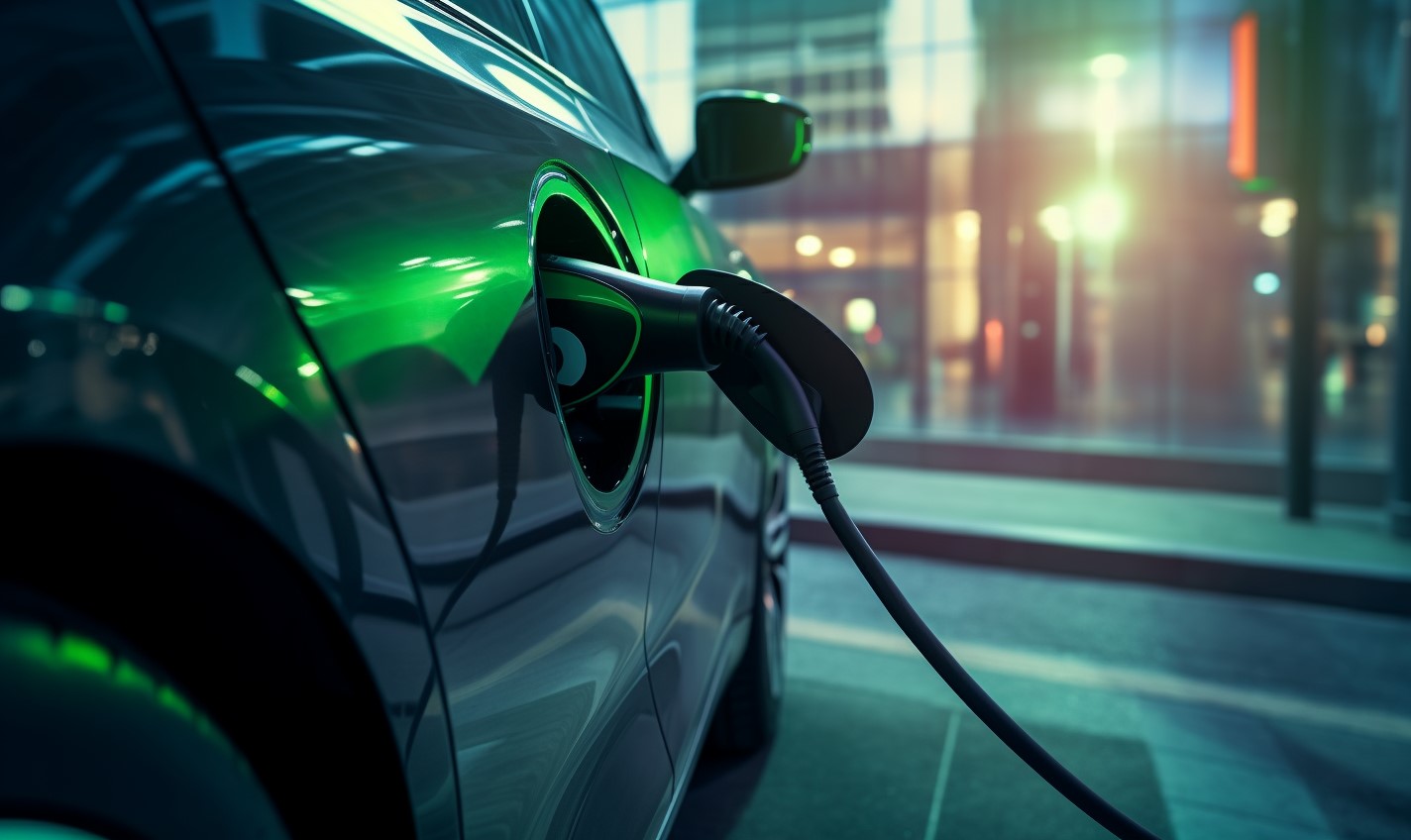The demand for renewables is expected to affect energy usage around the world. As investors anticipate this switch, and the alternative energy market grows, it’s helpful to know what is the most-used energy source in the world today. Read on to learn more and how the energy consumption landscape is changing.
It’s no secret that the world’s finite resources are running out. Yet fossil fuels still account for 80% of the world’s energy consumption, making up 75% of greenhouse gases.
They create emissions that pollute the Earth and perpetuate global warming. Experts believe it’s more necessary than ever to transition to renewable technology.
To understand the future of long-term sustainability, take a look at the five most-used energy sources in the world.
1. Oil
Oil, which accounts for 38% of global energy consumption, is one of the most-used energy sources in the world. It’s guzzled every day as transportation fuel, oil for heating, electricity generation and more. While the demand for oil has remained high for decades, many decree it is on the way out, soon to be replaced by sustainable alternatives.
Several municipalities across the globe, including New York City, have unveiled plans to go carbon neutral, with changes like swapping out oil-reliant vehicles for electric. Smart investors, anticipating the wide-scale switch to renewables, have already stepped away from the fossil fuel industry.
2. Coal
Coal is the second most-used energy source in the world, accounting for 28% of all consumption. The industry’s growth — an average of 2.9% each year — is mainly due to China’s rapid industrialization, leading to high demand. In recent years, however, China has been replacing coal with more sustainable fuels, including hydroelectric power.
Many countries and businesses are willing to phase out coal in favor of better alternatives. China, for example, recently stopped construction on 151 coal power plants. As a result, they were able to create a $15 billion fund for those laid off due to the industry’s overcapacity.
3. Gas
Gas accounts for 22% of the world’s energy consumption, which should come as no surprise, as many of us rely on gas to fill our tanks and get to work. Gas is a finite resource that, once gone, can’t be replaced. Many are seeking sustainable alternatives to prepare for a time when renewables are a requirement, not an option.
Consumers now demand gas-free variations to standard goods, including vehicles. Manufacturers have heard the message, and are adding a wide variety of electric cars to the market. Some transportation-heavy businesses, like IKEA, have also pledged to move away from gas-powered cars and trucks.
4. Hydroelectricity
Hydroelectricity, which makes up 6% of all energy consumption, is the most-used renewable source of energy. Massive generators are stored inside of dams and, when water flows through the spin turbine blades, they generate power. The Hoover Dam is a famous example, able to generate roughly 4 billion kilowatt-hours of power each year — enough for 1.3 million people.
Hydroelectricity does come with disadvantages, making it difficult for widespread adoption. Start-up costs, including construction, are typically high. In some cases, it can cause changes to the land, wildlife habitats and water quality. While it does have an environmental impact, hydroelectric power is considered nonpolluting.
5. Nuclear Energy
Nuclear energy has grown over the past few years, and now makes up 4.4% of global energy consumption. Nuclear plants — 450 operable reactors across 50 countries — generate about 11% of the world’s electricity. Inside each reactor, atoms split, heating water into steam. This steam spins a turbine and generates electricity.
There are no carbon emissions involved in nuclear power because reactors do not use fossil fuels. Instead, they use uranium. Nuclear is typically very safe. However, many are fearful of incidents like Chernobyl and Fukushima. Despite the small risk, nuclear power is still considered one of the best options for renewable energy, with 60 more plants currently under construction.
Pollution and climate change are long-term obstacles many are looking to solve. One step is to move away from the consumption of fossil fuels, resources like oil, coal and gas. Many are already searching for sustainable alternatives, including options like hydroelectricity and nuclear energy.
Recent Stories
Follow Us On
Get the latest tech stories and news in seconds!
Sign up for our newsletter below to receive updates about technology trends














